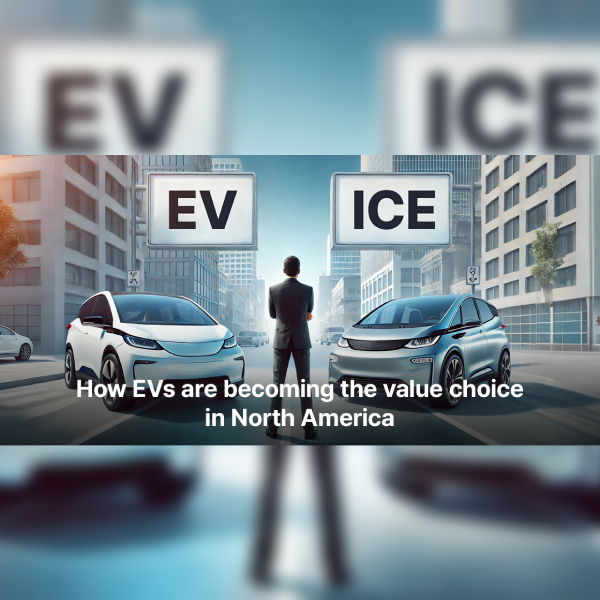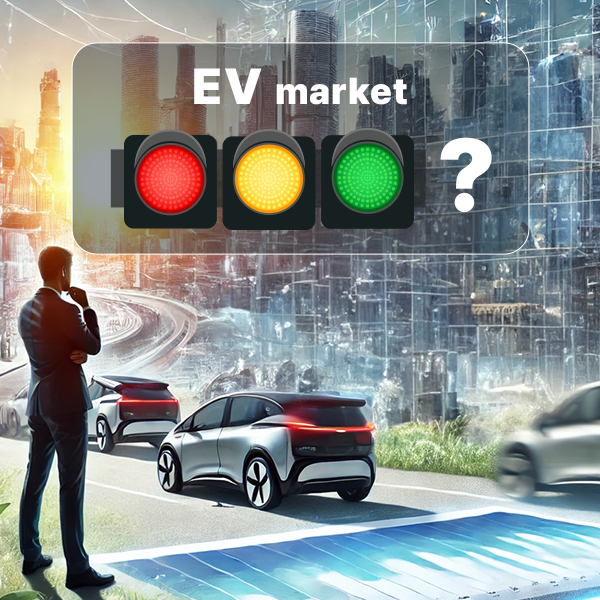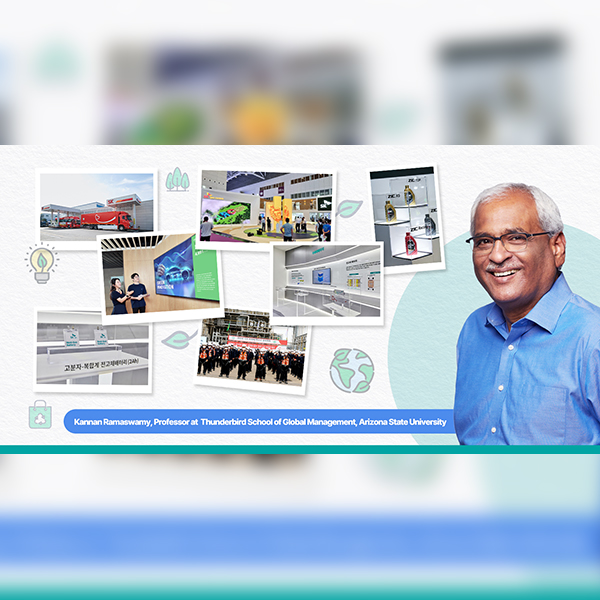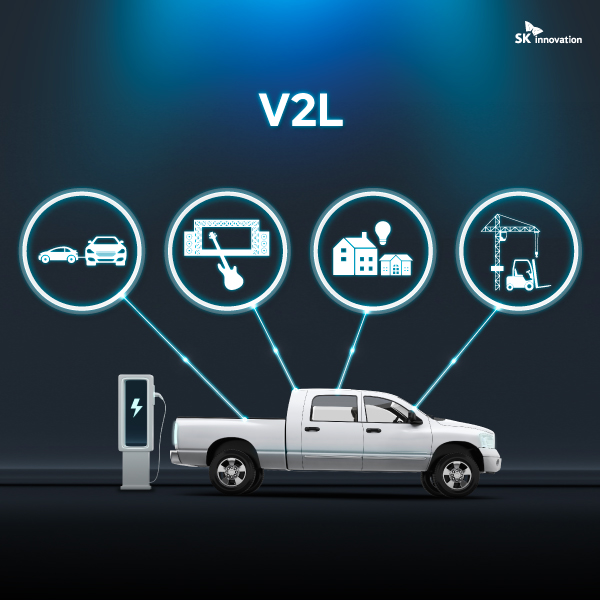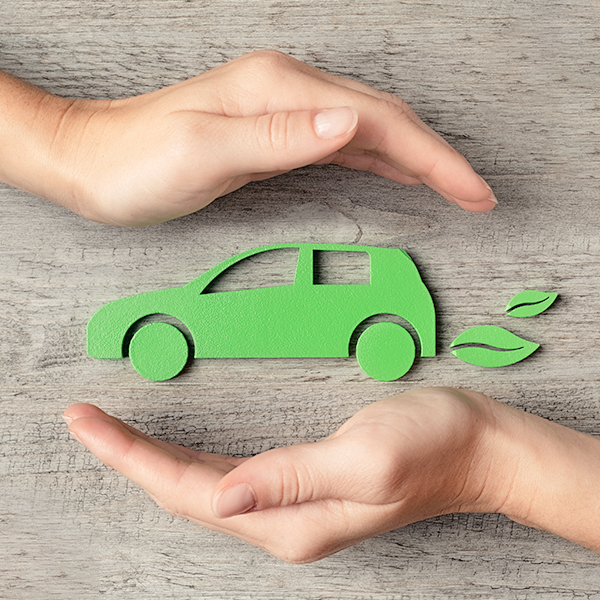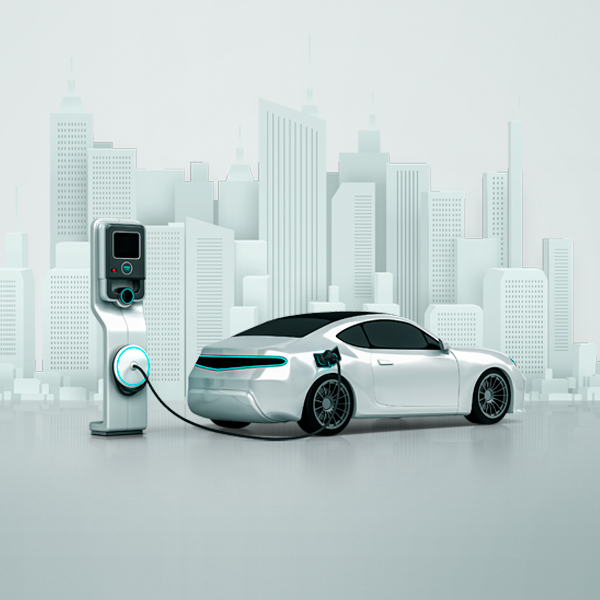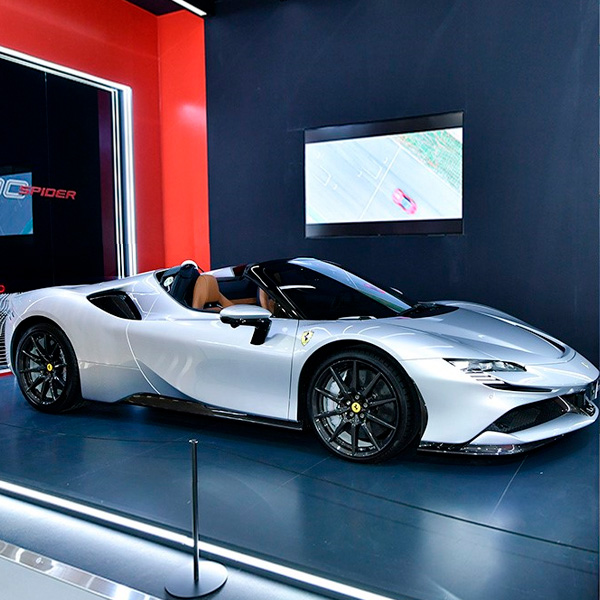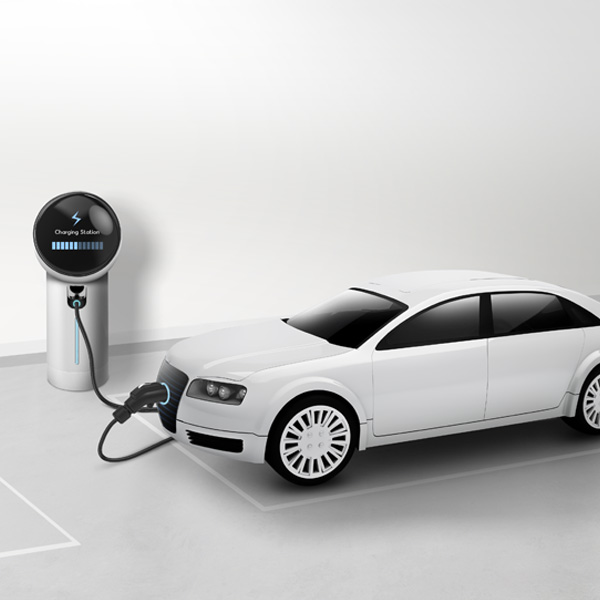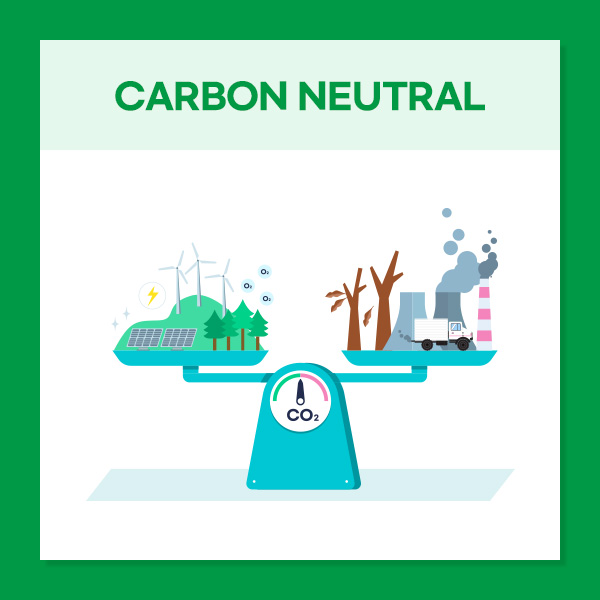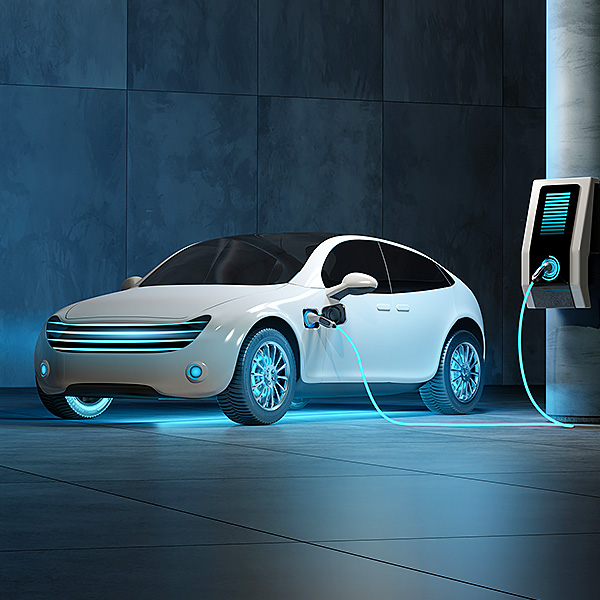 Expert Voices
Expert Voices
“It’s now not just about securing minerals supply, but understanding ethics and geopolitics.”
Every so often I scroll through my social media feeds to find disturbing pictures of child labor or environmental damage that are purported to be the result of mining for battery minerals.
While these pictures and stories are sometimes misrepresented, there is a real need to ensure that any environmental issues are minimized, and human rights violations stamped out during the mining and minerals processing phases of the battery supply chain.
This is because a “clean, green” technology must be clean and green right through its entire production value chain; as well as it’s useful output. I.e., a “green” battery that produces zero emissions in use spoils its reputation if it is environmentally damaging and ethically problematic to make.
This has led to the idea of the “battery passport”, an idea quickly growing in popularity.
There are two uses for such an idea.
The first is to help solve the aforementioned environmental and ethical issues. In particular, human rights abuses, a huge concern for the European Union, and often related to the souring of cobalt from the Democratic Republic of Congo that controls around two thirds of the world deposits for this mineral, are seen as essential to combat.
One way that battery makers have been addressing this situation is through joining the Responsible Minerals Initiative (RMI), which monitors the ethical sourcing of minerals mined in conflict regions, including cobalt, a key ingredient for lithium-ion batteries. Members of RMI include companies like Samsung Electronics, Apple, Tesla, etc. Among RMI members, SK Innovation also partnered with Glencore, the world’s largest producer of cobalt, to improve transparency for both OEM electric vehicle (EV) manufacturers and the public to demonstrate how mineral producers can build a better, more responsible supply chain.
Integrating passport like record keeping in these transparency measures allows tracking and visibility of these efforts from end to end.
The second area driving the passport need is geopolitics.
Right now, China has massive global share in refining battery minerals and cell production, which countries like the US see as problematic to the supply of critical items in a world of heightened geopolitical tensions from the war in Ukraine.
In the recent US Inflation Reduction Act, the US federal government spelt out clearly that the battery supply chain must diversify, and they specified where they see as appropriate battery supply chain sourcing.
There are two parts to the equation. For a vehicle to be eligible for the Clean Vehicle credit (a USD 7,500 tax credit) a vehicle must have final assembly in North America (US, Canada, or Mexico).
Yet the Act went a lot further.
In order to counter the battery dominance of China, the second key area of the Act specifies 2 key points on battery production that EVs must meet towards the USD 7,500 tax rebate, as follows:
1) Battery materials and minerals must meet a percentage sourced in North America or US Free Trade Agreement (FTA) countries, starting at 40% in 2023 and ramping up to 80% in 2026. From 2025, vehicles with battery minerals from “foreign entities of concern” are not eligible for the tax credit.
2) An EV battery’s components must be manufactured or assembled in North America, starting at 50% in 2023 and ramping to 100% in 2028.
These requirements of the act will create two outcomes:
1) Continue to encourage a huge inflow of investment into North American battery production at both cell and pack level
2) Assist US FTA countries to ramp up production for the battery supply chain
However, for both Europe and the US, to enforce their concerns and legislation comes with a need to monitor and record, which is where the battery passport idea comes in.
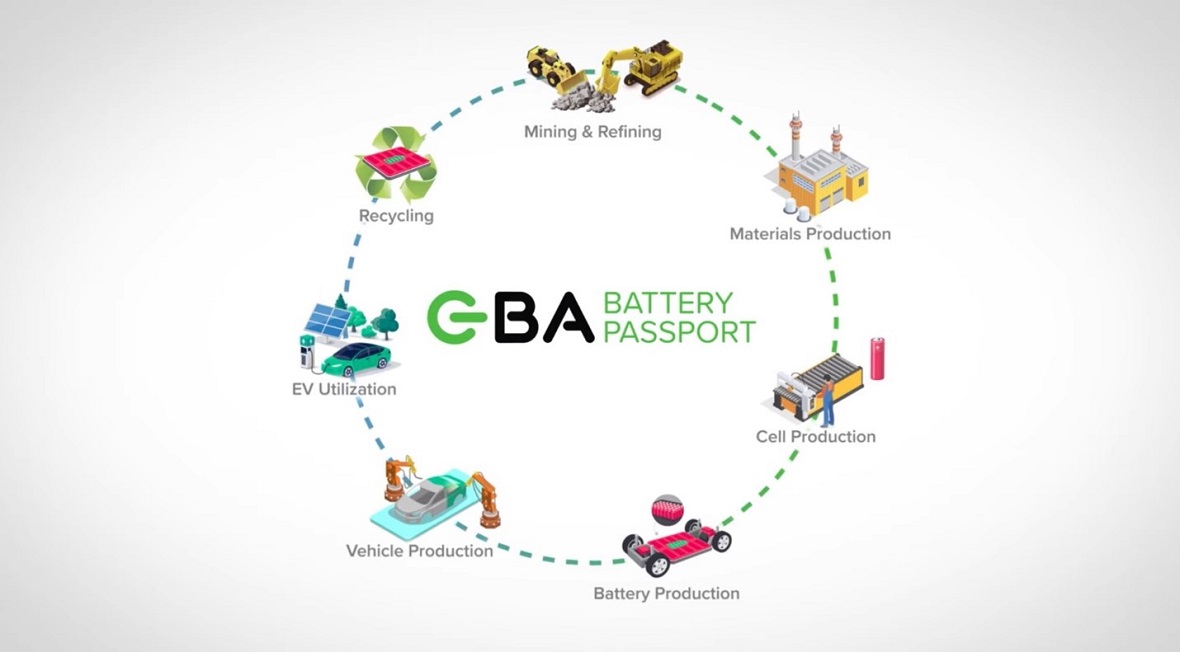
▲ The Battery Passport concept introduced by the Global Battery Alliance (Source: Global Battery Alliance’s Youtube channel https://youtu.be/-9xHRXSAN9I)
Already, on the technical side, most automotive OEMs test cells individually and track a variety of data points from the cell factory right through to the finished vehicle. Decisions are made as to which group of cells should be grouped together to maximize the performance, reliability, and longevity of the battery in the vehicle.
However, the reality is that an effective passport can’t start at cell level and stop once it has entered a vehicle or other use case.
To capture the interests mentioned above, the passport must start tracking data from where and when the critical minerals are mined. Furthermore, once a battery reaches the end of its usefulness, the tracking must continue.
There are several options available for batteries nearing the end of their useful life. They can be repurposed into a less demanding ‘second life’ application, such as grid storage; they can be refurbished by replacing problematic cells and components, or they can be recycled.
Interestingly, the EU has already set mandatory recycling targets such that all new EV batteries must contain a minimum level of recycled content, specifically 16% for cobalt, 85% for lead, 6% for lithium and 6% for nickel.
In all these applications the records need to be kept, to the point where minerals in a battery may have been inside previous batteries several times before, yet all the history is retained.
One of the methodologies for a Battery Passport is being promoted by the Global Battery Alliance (GBA). Initially conceptualized in 2019, the GBA recently announced at the World Economic Forum’s Annual Meeting in Davos that the first pilot trial is about to commence. While the GBA Battery Passport seeks “full value chain transparency” and intends to “put the data in the hands of end users” so that consumers can be more informed before making purchase decisions, it is also true that such record keeping is exactly what government entities are seeking as well. To this end, the GBA has standardized the expectations and processes on battery sustainability by developing key performance indicators for Greenhouse gas (GHG) emissions, Child Labor, and Human Rights.
This passport also includes a “quality seal” that records the technical data that automotive OEMs are looking for as they make decisions on optimizing battery packs, while tracking by country allows source monitoring required by the United States and others.
All in, what the GBA Battery Passport does is to create an ethical, principled, and transparent supply chain for batteries, which is FAR beyond what any other energy system has created, whether that is oil and gas, or even hydrogen.
For governments, it gives them the data required to make wise policy decisions to support the transition to renewable energy, as well as international policies that result in a more stable and peaceful world.
And for each of us, a safer, cleaner, more ethical planet represents a huge leap forward for our children and grandchildren.










 Youtube
Youtube Facebook
Facebook Instagram
Instagram Linkedin
Linkedin








